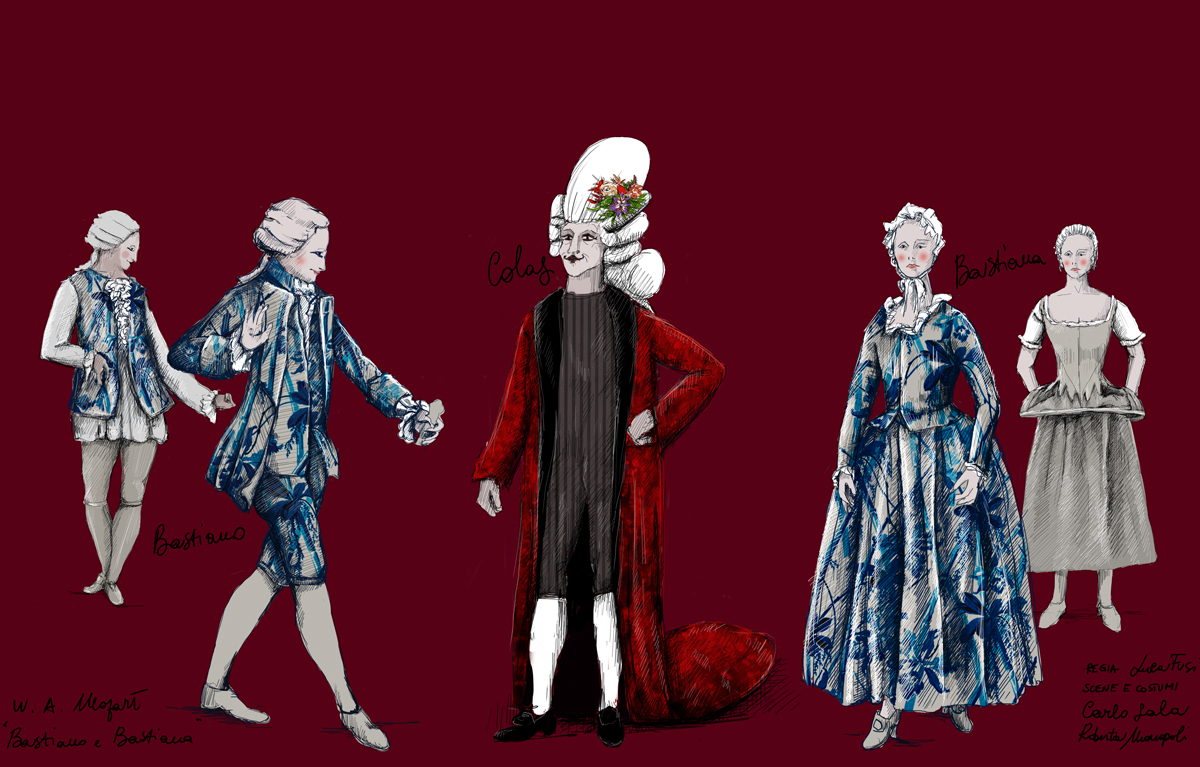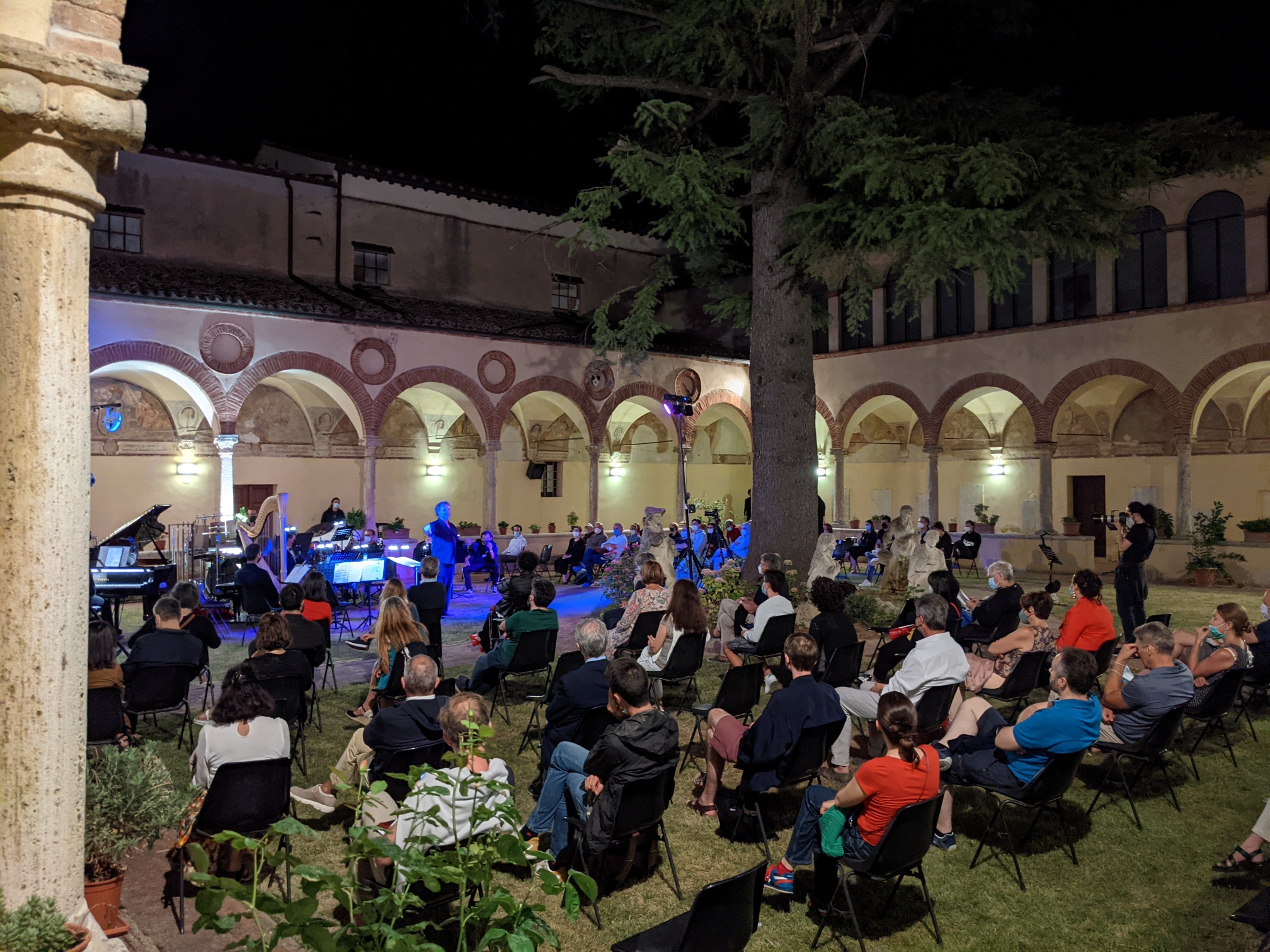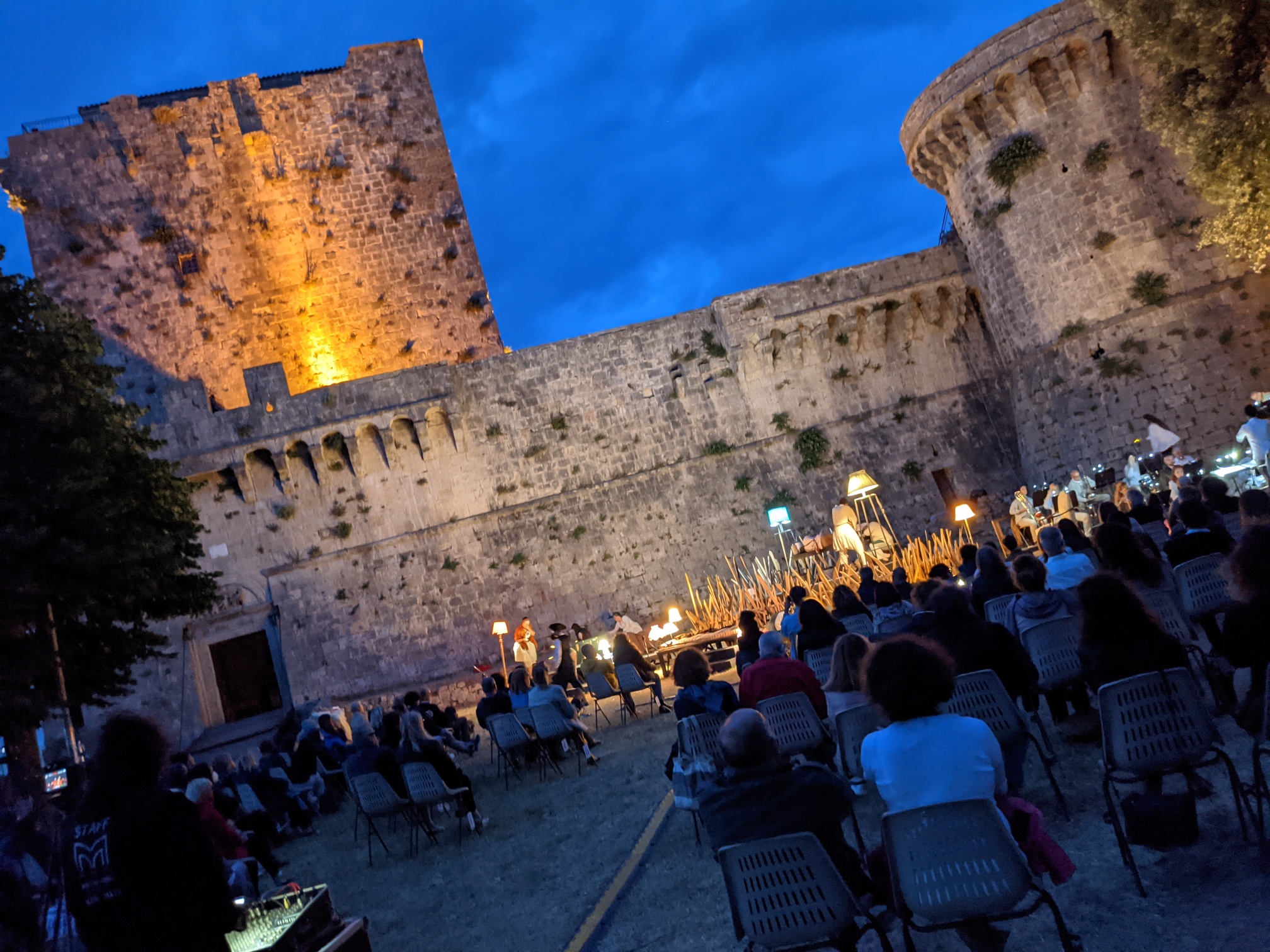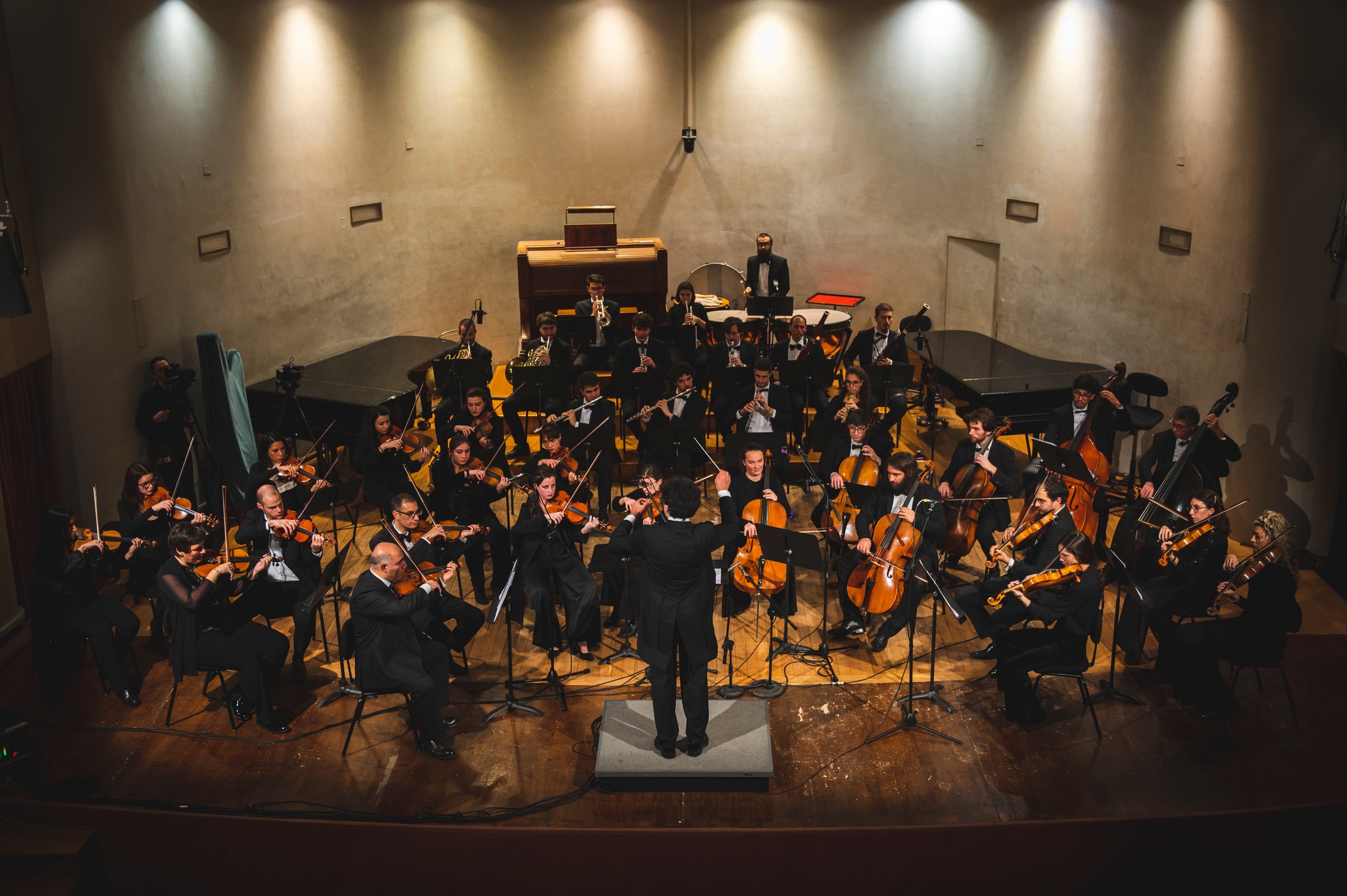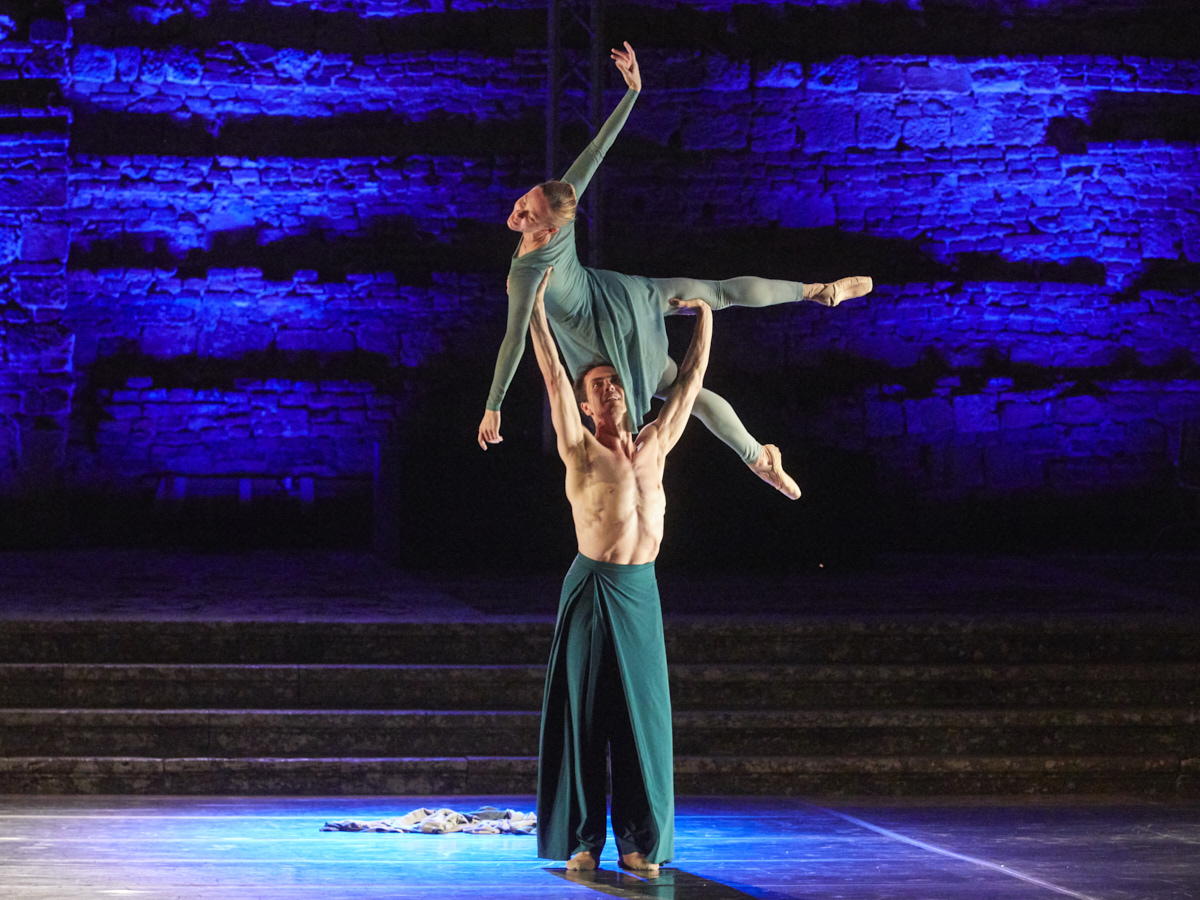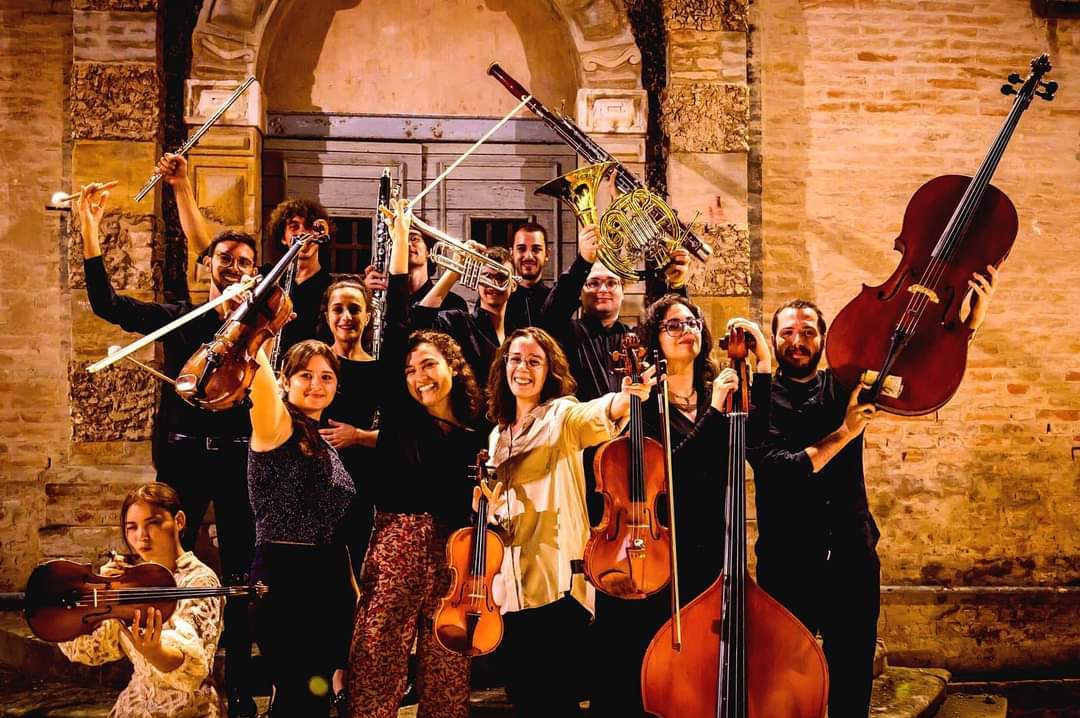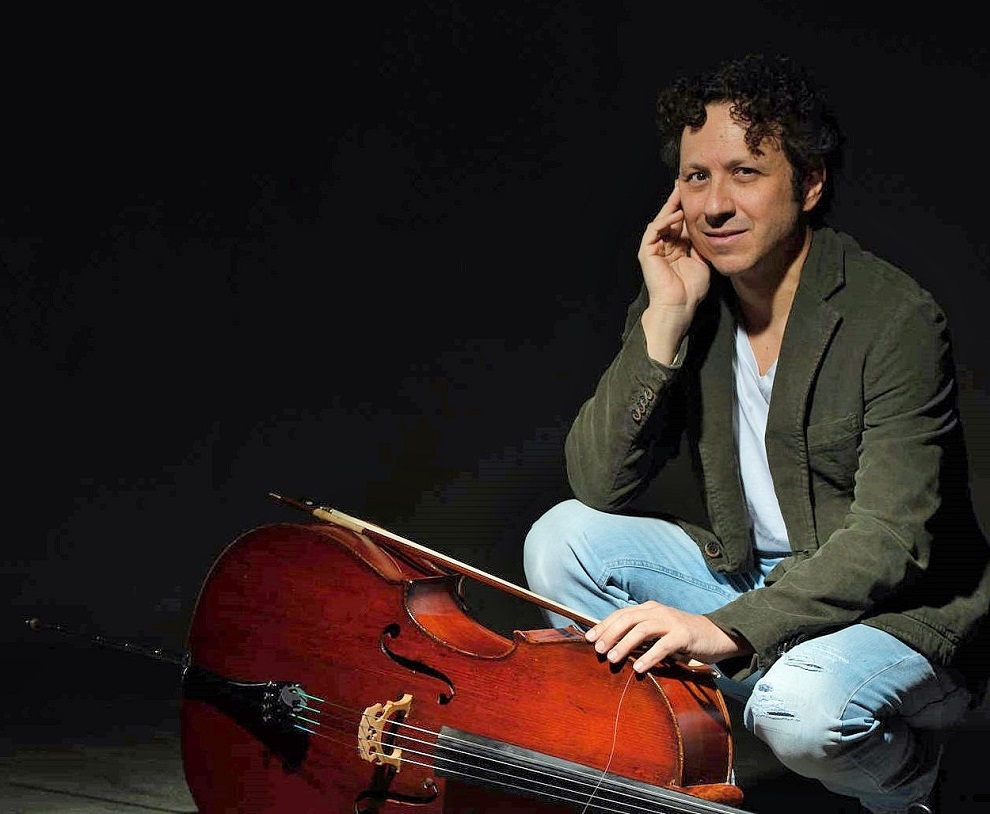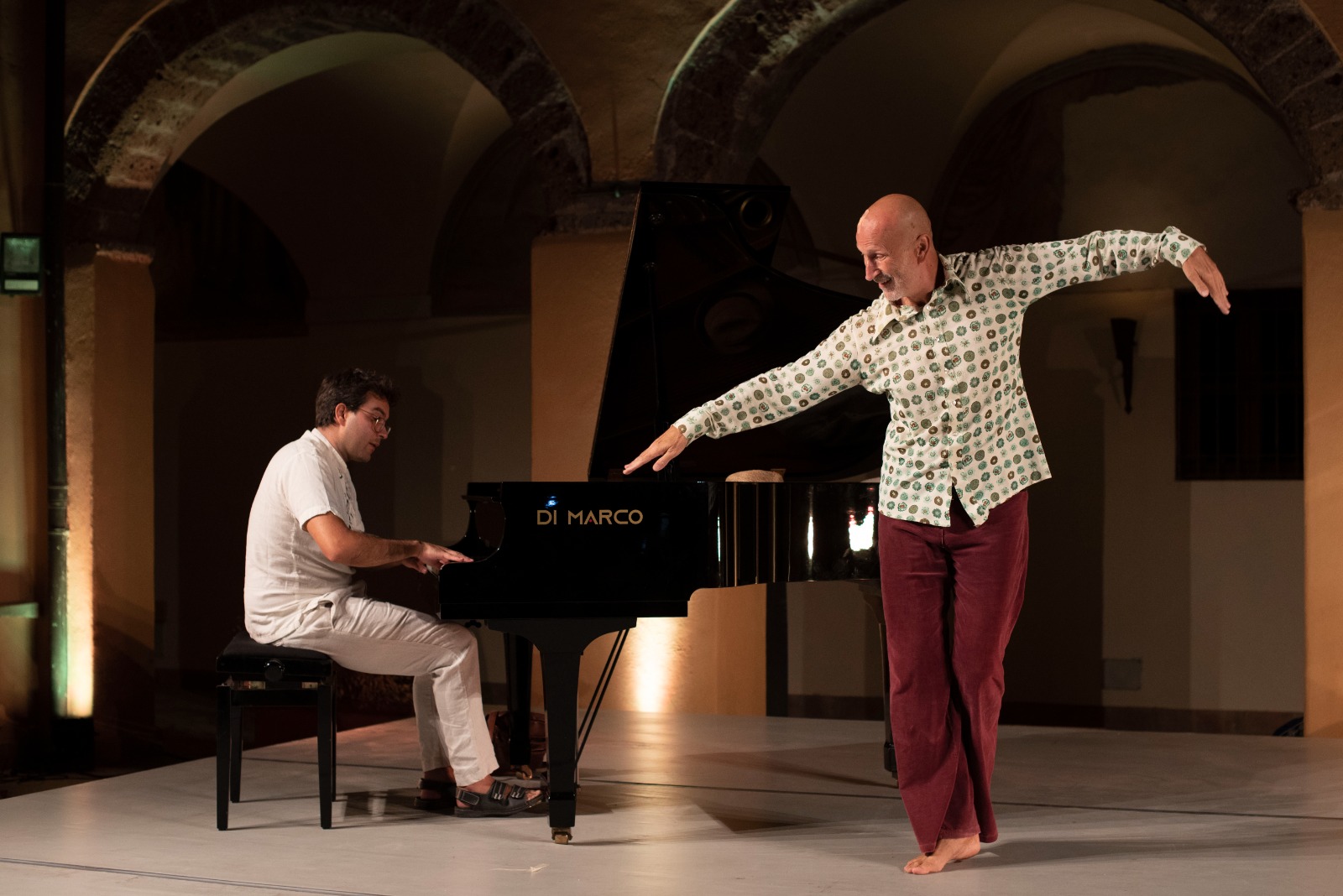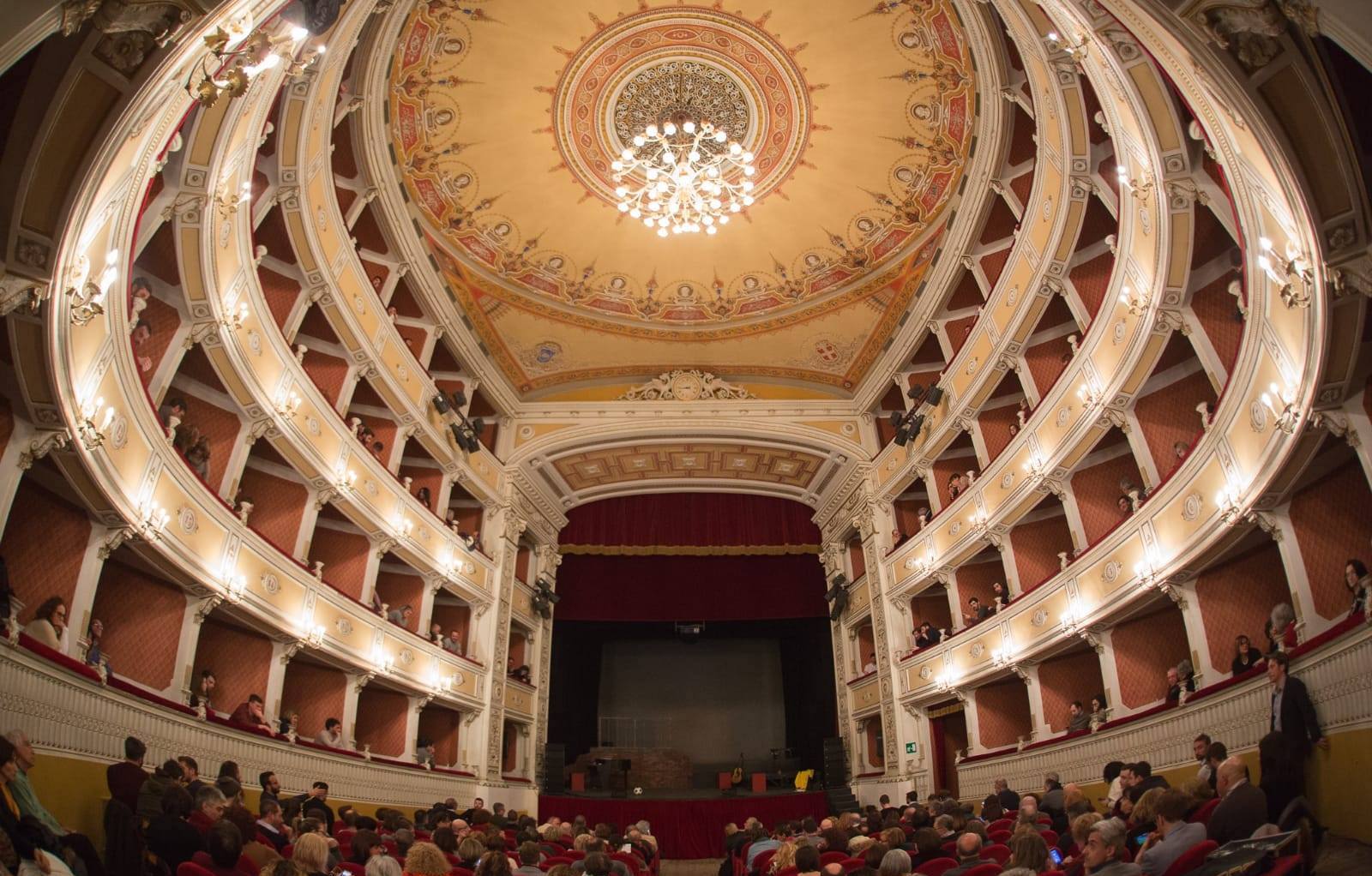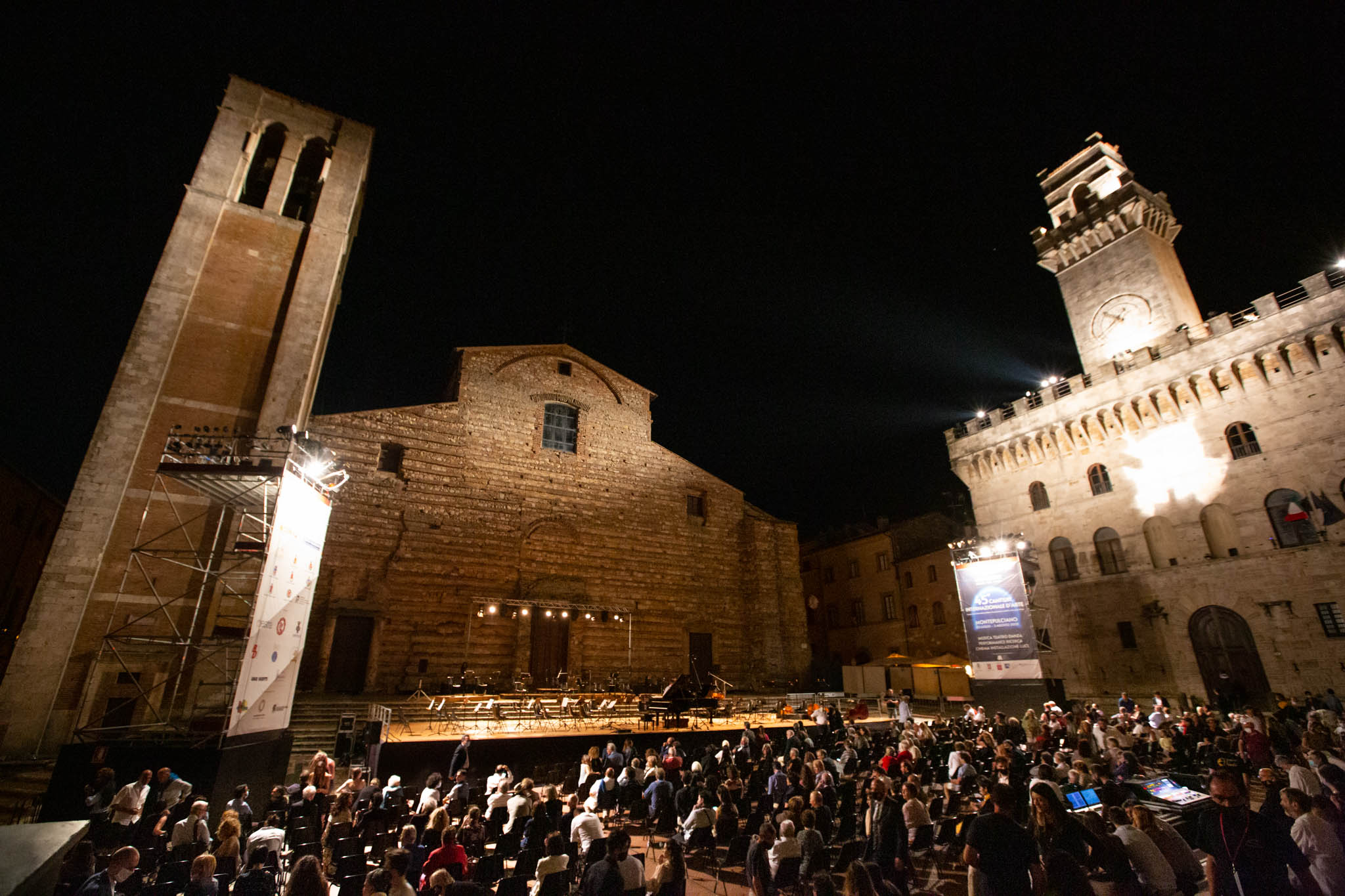HODIE ENIM FESTIVA RECURRIT DIES
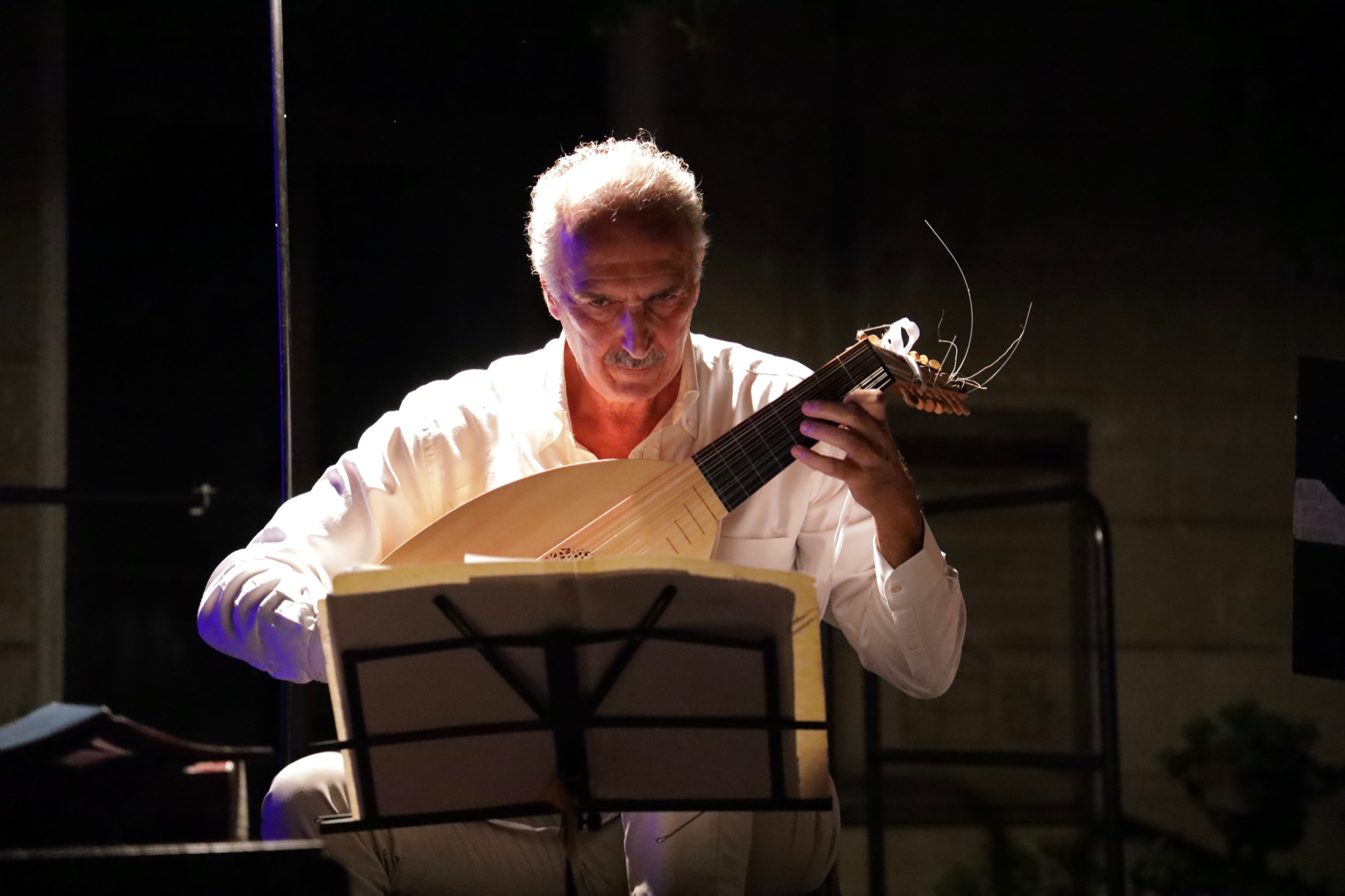
SINALUNGA - Collegiata di San Martino
Domenica 23 luglio, ore 21.30
HODIE ENIM FESTIVA RECURRIT DIES
Cappella Musicale di San Giacomo Maggiore, Bologna
Barbara Vignudelli, Maria Carla Curia canto
Loris Bertolo basso
Gilberto Ceranto, Alex Callegati violino
Martina Baratella viola da gamba
Valeria Montanari clavicembalo
Roberto Cascio arciliuto e concertazione
PROGRAMMA
Ippolito Ghezzi (1652 - 1729 circa)
da Dialoghi Sagri
Dialogo Primo
Per la Madonna (Maria Vergine e un'Anima)
à due Canti, due Violini e Basso Continuo
Dialogo Sesto
per ogni tempo, a
due Canti, due Violini e Basso Continuo
Due Angelo consolatori dell'Anime Purganti
Dialogo Terzo
Per li S.S. Martiri
a Canto, Basso, due Violini e Basso Continuo
Secondo la tradizione Ippolito Ghezzi nacque a Sinalunga – anche se in alcune opere a stampa egli stesso si dichiara “senese”. Agostiniano e baccelliere in sacra teologia, ricoprì la carica di organista e Maestro di Cappella del Duomo di Montepulciano. Nel 1717 fu Maestro di Cappella nella Chiesa di Sant’Agostino a Siena. La sua produzione musicale comprende opera a stampa edite tra il 1699 ed il 1708 (dopo questa data Ghezzi sembra essersi dedicato prevalentemente agli impegni religiosi) e oratori di cui ci sono pervenuti solo i libretti. Nella famosa Libreria del convento di sant’Agostino, a Siena, Padre Frate Ippolito Ghezzi, agostiniano, afferma di aver ritrovato la copia del Processo di Canonizzazione di San Nicola da Tolentino, che come scrive nella prefazione ai Carissimi Lettori, utilizzerà per scrivere, in età decrepita, con la maggiore esattezza possibile, la Vita del santo. Il libro viene pubblicato a Padova nel 1729. In quel periodo padre Ippolito Ghezzi da Siena poteva avere tra i 70 e gli 80 anni. Già qualche anno prima aveva avuto occasione di manifestare il suo amore e la sua devozione per il santo di Tolentino. Era il 1717 e i frati del Convento di Sant’Agostino promuovevano il culto del santo celebrando il suo Sagro Settennario alla presenza di Sua Altezza Reale Violante Beatrice di Baviera, devota del Gloriosissimo San Niccola. I frati avevano deciso di offrire al Trono un poetico componimento, i cui versi scritti dal Sig. Nicola Giani, furono messi in musica da Fr. Ippolito Ghezzi, Maestro di Cappella di detta Chiesa. Nacque così l’oratorio Il transito di San Niccola, intonato per le voci di 5 personaggi (Gesù Cristo, Maria Vergine, S. Agostino, S. Nicola e Demonio), da cantarsi l’ultimo giorno delle celebrazioni. il libretto è ora custodito dalla Bayerische StaatsBibliotek di Monaco ed è parte di quei 5 oratori in musica (composti tra il 1690 e il 1717) dei quali abbiamo testimonianza ma, purtroppo, non le partiture. 5, invece sono le opere musicali che ci sono rimaste. Dal 1699 in avanti abbiamo: due libri di salmi, a due voci e basso continuo; uno di Oratori a tre voci, 1700; uno splendido libro di lamentazioni per la Settimana Santa del 1707 e un libro di dialoghi a 2 voci e 2 violini concertanti, datati 1708. Cosa possa aver spinto il frate, probabilmente vicino alla trentina, a dare alle stampe le sue musiche può spiegarcelo una curiosa annotazione in prefazione alla sua prima opera del marzo del 1699,.li do alle stampe .......... per far vedere al Mondo che queste Composizioni sono figlie della mia povera penna, e non parti dell’altrui sudore, come dissero alcuni che avendo avuto mie composizioni se l’appropriarono. Nel luglio del 1699, a soli 4 mesi dalla prima, viene pubblicata la seconda opera: Salmi a due Voci, Basso, e Soprano, andanti e brevi in stile
Lombardo. Questo libro è conservato nella biblioteca dell’Opera del Duomo. L’aggettivazione di andanti e brevi, alla lombarda, data a queste intonazioni, rappresenta, nel contesto della musica dell’epoca, se non un unicum, sicuramente una rara determinazione di stile che apre interrogativi di definizione musicologica ancora non del tutto chiariti. Baccelliere in Sacra Teologia fu anche compositore di opere morali e spirituali. Delle sei opere di cui abbiamo notizia, quattro sono tuttora reperibili presso la Biblioteca Comunale della città. L’ ultima di queste, del 1729, è quella da cui siamo partiti: la Vita di San Nicola da Tolentino che nelle pagine di apertura, conclude la lettera ai Carissimi Lettori, dicendo: Accettate di buon cuore, questo dono che vi presento; contemplatelo con amore, cavatene quel frutto che bramo, e vivete felici.
According to tradition Ippolito Ghezzi was born in Sinalunga-although in some printed works he himself claims to be "Sienese." Being an Augustinian and bachelor in sacred theology, he held the position of organist and Maestro di Cappella at the Cathedral of Montepulciano. In 1717 he was Maestro di Cappella in the Church of Sant'Agostino in Siena. His musical output includes printed works published between 1699 and 1708 (after this date Ghezzi seems to have devoted himself mainly to religious engagements) and oratorios of which only the librettos have come down to us. In the famous Library of the Convent of St. Augustine, in Siena, Father Friar Ippolito Ghezzi, an Augustinian, claims to have found a copy of the Process of Canonization of St. Nicholas of Tolentino, which, as he writes in the preface to Dear Readers, he will use to write, in his decrepit age, with the greatest possible accuracy, the Life of the saint.
The book was published in Padua in 1729. At that time Father Ippolito Ghezzi from Siena could have been between 70 and 80 years old. He had already had the opportunity a few years earlier to express his love and devotion for the saint of Tolentino. It was 1717 and the friars of the Convent of St. Augustine were promoting the cult of the saint by celebrating his Holy Septuagint in the presence of Her Royal Highness Violante Beatrice of Bavaria, a devotee of the Most Glorious Saint Nicholas. The friars had decided to offer the Throne a poetic composition, the verses of which, written by Mr. Nicola Giani, were set to music by Brother Ippolito Ghezzi, Maestro di Cappella of said Church. Thus was born the oratorio Il transito di San Niccola (The Transit of St. Nicholas), for the voices of 5 characters (Jesus Christ, Virgin Mary, St. Augustine, St. Nicholas and Demon), to be sung on the last day of the celebrations. The libretto is now kept by the Bayerische StaatsBibliotek in Munich and is part of those 5 oratorios in music (composed between 1690 and 1717) of which we have testimony but, unfortunately, not the scores. 5, on the other hand, are the musical works that have remained with us. From 1699 onward we have: two books of psalms, for two voices and basso continuo; one of Oratorios for three voices, 1700; a splendid book of lamentations for Holy Week, 1707; and a book of dialogues for 2 voices and 2 concertante violins, 1708. What may have prompted the friar, probably nearing 30 years old, to give his music to print, can be explained to us by a curious annotation in the preface to his first work of March 1699: I give them to print .......... to show the World that these Compositions are daughters of my poor pen, and not parts of other people's sweat, as some said who having had my compositions appropriated it. In July 1699, only 4 months after the first, the second work was published: Psalms for Two Voices, Bass, and Soprano, andanti and brevi in the style of Lombard. This book is preserved in the library of the Opera del Duomo. The adjective of andanti and brevi, in the Lombard style, given to these intonations, represents, in the context of the music of the time, if not a unicum, certainly a rare determination of style that opens up questions of musicological definition that are still not fully clarified. He was also a composer of moral and spiritual works. Of the six works of which we have record, four can still be found in the city's Municipal Library. The 'last of these, from 1729, is the one we started with: the Life of St. Nicholas of Tolentino, which in its opening pages, concludes the letter to Dear Readers, saying: Accept with good heart, this gift that I present to you; contemplate it with love, draw from it that fruit which I crave, and live happily.
 Sostieni i progetti
Sostieni i progetti Amministrazione Trasparente
Amministrazione Trasparente Contatti
Contatti



